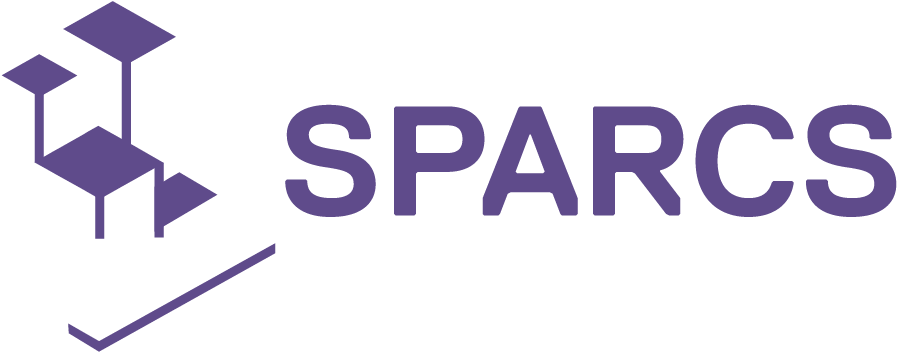New co-creation toolkit brings climate neutrality in cities a step closer
New solutions for the future and sustainable cities need new operating methods to support them. The model developed in collaboration with partners this year will help with these efforts.
The co-creation model, or more specifically, the toolbox, was created based on the lessons learned in the development of the Kera area to support future development in the area. The model was then extended to cover various types of areas in Espoo. The outcome can be utilized anywhere.
The co-creation model supporting the formation of sustainable and intelligent urban areas has been developed in cooperation with the City of Espoo’s partners with the support of consultancy firms WSP Finland and Korkia Consulting.
The co-creation model focuses on the themes of energy and mobility, which account for more than 90% of Espoo’s climate emissions. By promoting the development and introduction of innovative and sustainable solutions in these themes, the model supports the City’s objective of being carbon-neutral by 2030.
The model aims to answer how new innovative operational and technological solutions can be introduced into the region.
The objective is to have used for developing different types of areas in the future. The toolbox contains practical methods and descriptions of processes, operator roles and various steps in general development work.

The importance of co-creation is emphasized in the changing world
Cities are made up of interaction between the built environment, urban nature, services and social networks. Sustainable development is about all of these. In the co-creation model, cities have been examined from the point of view of systems thinking.
Local networks were used in planning, working and testing the co-creation model.
The aim was to develop sustainable and intelligent urban areas in cooperation with the City, companies, educational institutes, research institutes, other organisations and associations, landowners and citizens.
Co-creation model to be refined in practice
The construction of the co-creation model as well as the participation and planning work, were completed in 2022. The work was finished in November and culminated in a virtual publishing event and the opening of the toolkit website.
Four virtual Design Sprint workshops and interactive webinars were organised for stakeholders in connection with the development work. The popular Design Sprint workshops identified challenges and potential good practices and solutions for identifying the right stakeholders and defining roles as well as clarifying the vision and objectives of urban development. The model was tested with the resident group of the Future Workshop for Sustainable Development (TUPA) project of the City. In addition, a webinar and workshop were organised for the residents. 118 people responded to the resident survey. Some of the 130 participants took part in several events, resulting in more than 300 encounters. In addition to this, 15 people were interviewed for the work.
“The role of the citizen is emphasised in the work of the City of Espoo. Continuous development and commenting are needed from the residents’ point of view when creating shared tools, as well. The toolkit is based on the views and wishes that we have collected,” says Project Coordinator Mia Kaurila from the SPARCS project.
The co-creation model is dynamic in nature. It is the result of a long process lasting about a year, but not the end of it. The model will be developed and refined with future use. In the future, it will be examined by the SPARCS partner cities. Stay tuned for the upcoming webinar!

